“For many human and non-human beings, the end has already happened” – this is the opening sentence of bleak video essay that questions the dystopian moment we are currently living in. Through the work What to Do at the End of the World, part of the exhibition The Apocalypse of the White Elephant in Timișoara, the h.arta artist group critiques the systematic destruction of the ecosystem which we are witnessing and contributing to, reflecting on the contemporary world’s paradoxical need to consume and accumulate as much as possible, as we attempt to survive the greatest loss in history – the loss of our own home. This excessive consumerism is also represented by the image of the white elephant, found in the title of the exhibition, which was curated by Mălina Ionescu, Denise Parizek, and Mirela Stoeac-Vlăduți.
In southern Asia, the white elephant is to this day seen as a sacred animal, requiring special and very expensive care, only owned by prominent members the community. But receiving a white elephant as a gift represents both a blessing, being a great sign of respect, and, at the same time, a curse, as they require a fortune to take care of. In the west, the phrase white elephant denotes an expensive and completely useless thing, a burden which is more trouble than it is worth. But does contemporary consumerism not turn against us in the same way?
And yet, within the equation of the ecological crisis and excessive consumerism, we cannot deny the fragility and ephemerality of human structures as well as the threat of an increasingly tangible catastrophe. Whether we are speaking of constructions erected under communism, capitalism, etc., human interventions are being slowly nullified by nature. In his work Die Wand (The Wall), Robert Reszner manages to capture gradual changes within a landscape through a series of photographs – a closed circle in which nature always reclaims its place while everything built by humans is diminished.
The Apocalypse of the White Elephant therefore aims to create a future retrospective of ourselves, outlining a postapocalyptic landscape in which there is no room for hope or optimism. Even though the ecological crisis and its impact have been widely discussed by researchers, artists, etc., the exhibition’s curators do not showcase a classical view of them, with motivational calls to save the planet; instead they try to offer a pragmatic and exhaustive perspective on the interconnectedness of all spheres of life (political, economic, cultural, social, natural, etc.) and how they can affect us, revealing how deeply the world is being altered.
Modern environmentalism is imbued with a strong apocalyptic sentiment meant to drive people to prevent and avoid a potential end, entertaining both the idea of a better future as well as that of a return to the past – restoring things back to the way they were. In recent years, however, one notices the increasingly strong presence of postapocalyptic scenarios, in which the fear of the end is replaced by a conscious resignation, a belief that it is impossible to change things. This irreversible pessimism that forces us to confront our own mortality also stimulates our imagination, helping us visualize new forms of life and even a new world.
The artists in the exhibition have succeeded in reinventing the world and offering multiple postapocalyptic perspectives on a future that seems devoid of humans. A world in which The White Elephant’s Imaginary Friends – Together with Whom They Will Spend the Apocalypse are hybrids made of organic mechanized materials – scary but funny and nice at the same time. Ștefan Radu imagines these mutant creatures as human remains that have come to life. On the other hand, Alexandra Boaru creates a natural technologized environment, in which the natural and the artificial merge. Her work Prehistoric Hunger – Permanent Sun presents a symbiosis between technology and nature in which technology no longer seems like a threat to the ecosystem but an integral part of it.
Andreea Medar imagines a fascinating, almost utopian postapocalyptic world impressive through its spectacular shapes and colors, but less through the material it is made of. The work Breathing Plastic represents a parallel universe in which plastic is the natural material of the environment – a scenario not far removed from our present, in which we have produced so much plastic in the last few decades that we can almost breathe it. But a world in which living animals and plants are made of plastic is frightening because plastic might just be the only thing to survive a potential apocalypse, as Ana Kun predicts in her work Fossils of the Future. For this work the artist created drawings of wild animals made of recovered biodegradable plastic, signifying a potential legacy that humanity might leave behind.
Even though postapocalyptic discourse tends to create dystopias rather than inspire positivity, it can also be motivating, playing a utopian function not by creating the illusion of a better society, but by providing a space for introspection from which we can see ourselves in a different light, freeing us from our fears and encouraging us to come up with new ways to think and act. By adopting postapocalyptic discourse, The Apocalypse of the White Elephant attempts to pragmatically show the end we are already living, in the absence of a better future.
What at first might seem a denial and rejection of any kind of hope actually reveals hope’s paradoxical nature – the artists in the exhibition attempt to recover their faith in a better world precisely by ostensibly denying hope, just as Roy Scranton writes in his book Learning to Die in the Anthropocene (2015) about the liberating feeling of accepting the fact that we are already dead and that our civilization, together with the capitalist system, no longer exists. Denying hope and accepting the end are the only way to visualize what possibilities we have left to adapt to our new reality.
The exhibited artists attempt to reconfigure humanity’s relationship with the natural world, but also with itself, in order to find that balance necessary for survival. As Liliana Mercioiu, in her work B. Classifications, asks herself what nature is and what humanity is, and whether their dictionary definitions are enough to capture the complexity of all their connections, so does the curators’ vision invite us to rethink the terms we operate with and with which we construct our existence.
The Apocalypse of the White Elephant / 5 August – 5 September 2021 / Garrison Command, Timișoara
Curators: Mălina Ionescu, Denise Parizek, and Mirela Stoeac-Vlăduți
Artists: Dona Arnakis, Anna Bantiuc, Matei Bejenaru, Josepha Blanchet, Alexandra Boaru, Alex Boca, Dorian Bolca, Daniela Brill, Cătălin Bătrînu, Mimi Ciora, Claudiu Cobilanschi, Ștefan Radu Crețu, Markus Guschelbauer, h.arta, Cosmin Haias, Agnes Hamvas, Hubert Hasler, Herne Hiilli, just wondering, Max Jurasch, kinema ikon, Rafael Lippuner, Michael Koch, Ana Kun, Bogdan Matei, Andreea Medar, Liliana Mercioiu, Silvia Moldovan, Dragoș Neagoe, Delia Popa, Dan Perjovschi, Marilena Preda Sânc, Robert Reszner, Sergiu Sas, Eva Maria Schartmuller, Denise Schellmann, Digital Self, Patricia Teodorescu, Iulia Toma, u.kustic
Organizers: META Spatiu & Sepale
Translated by Rareș Grozea
POSTED BY
Marina Paladi
Marina Paladi is from The Republic of Moldova and is a master's student in Heritage, Restoration and Curation Department at the Faculty of Arts and Design, West University of Timișoara. She is intere...
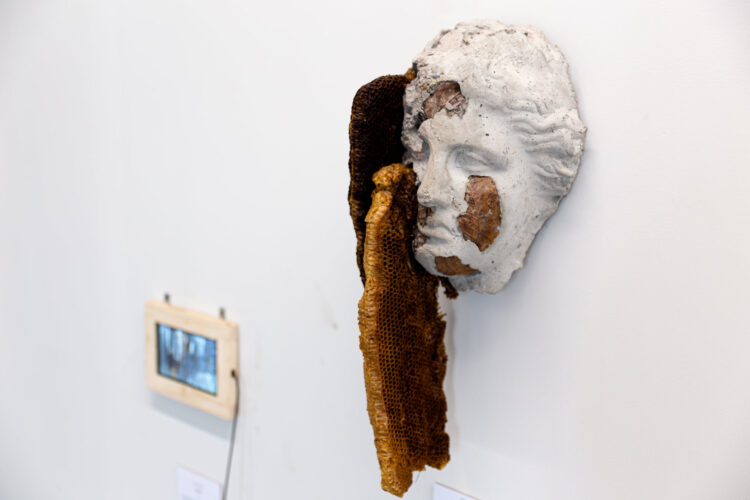
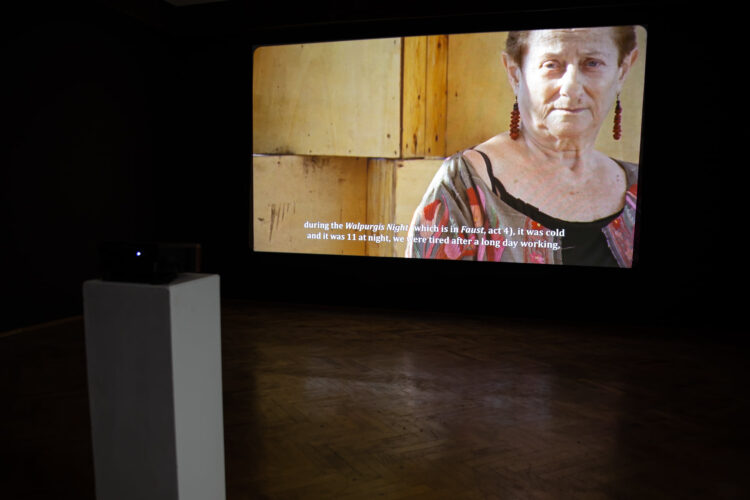
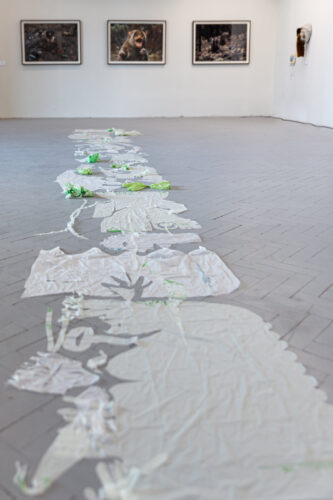
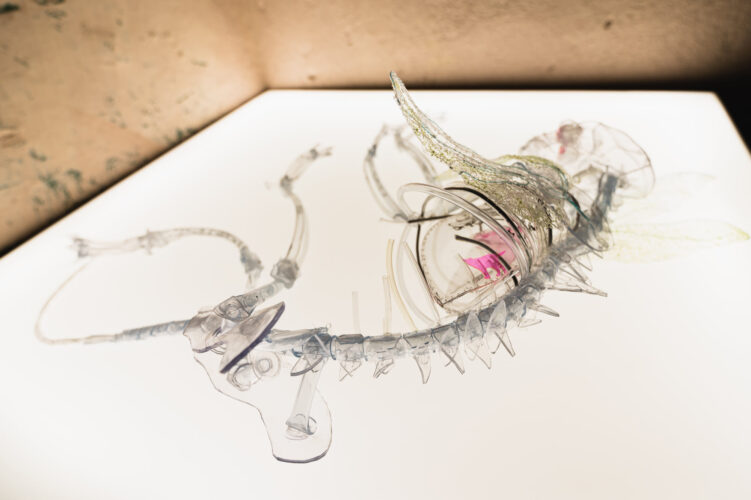
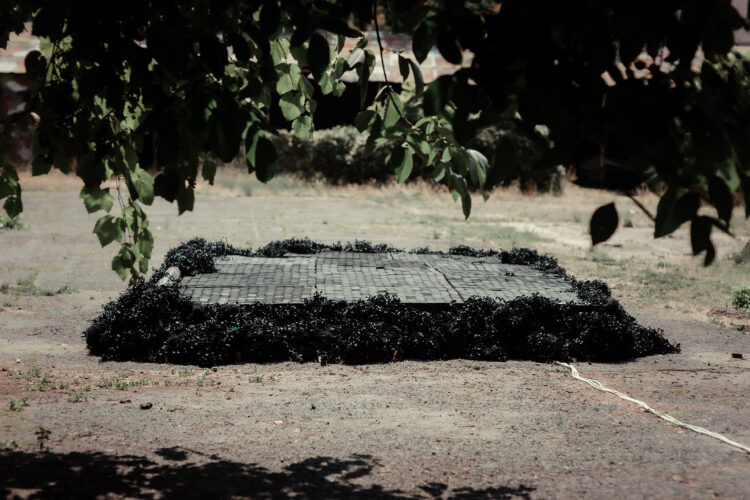
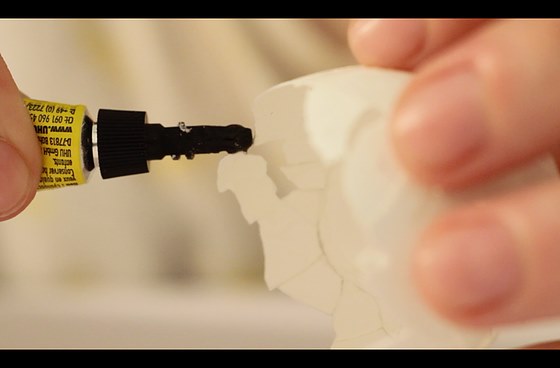
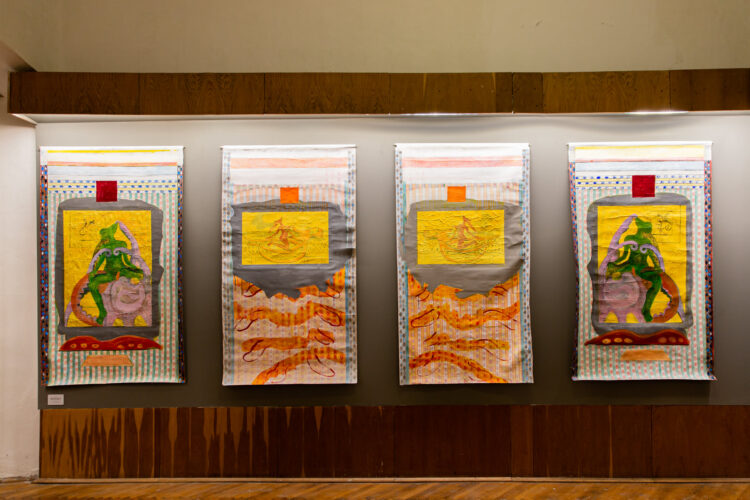
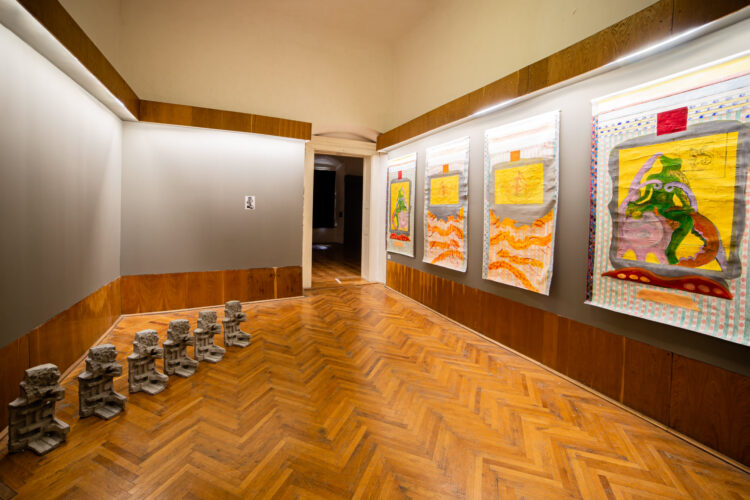
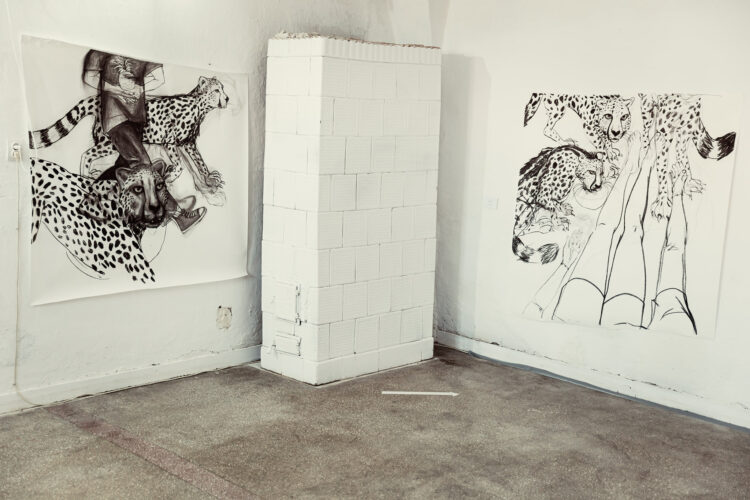
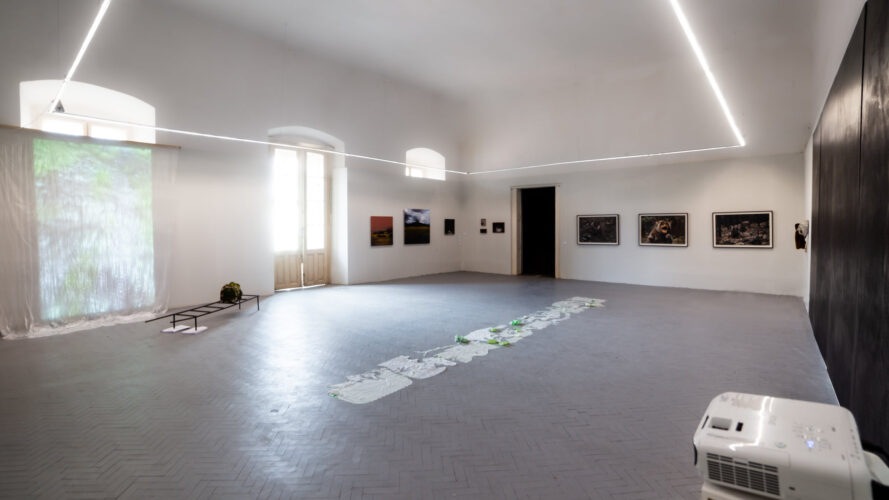

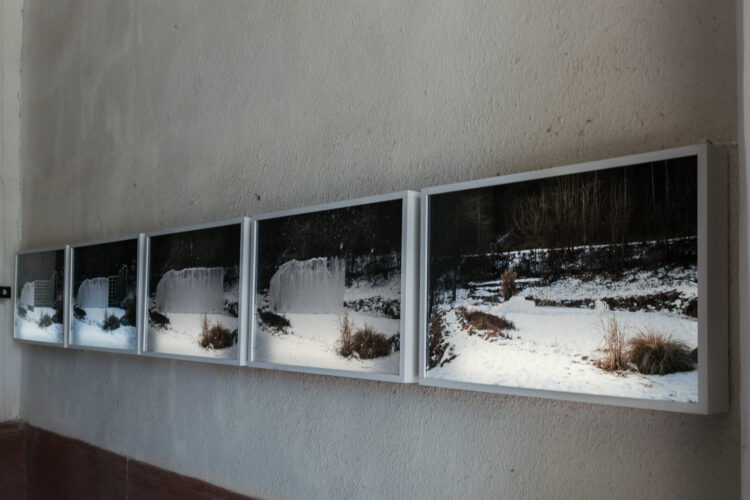
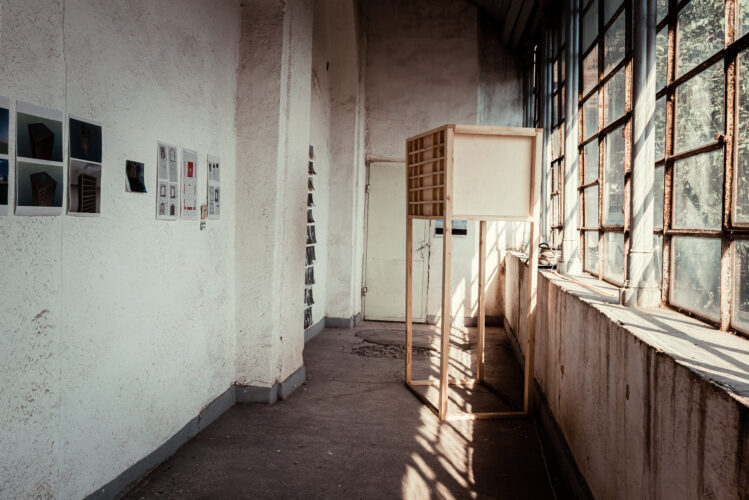

Comments are closed here.